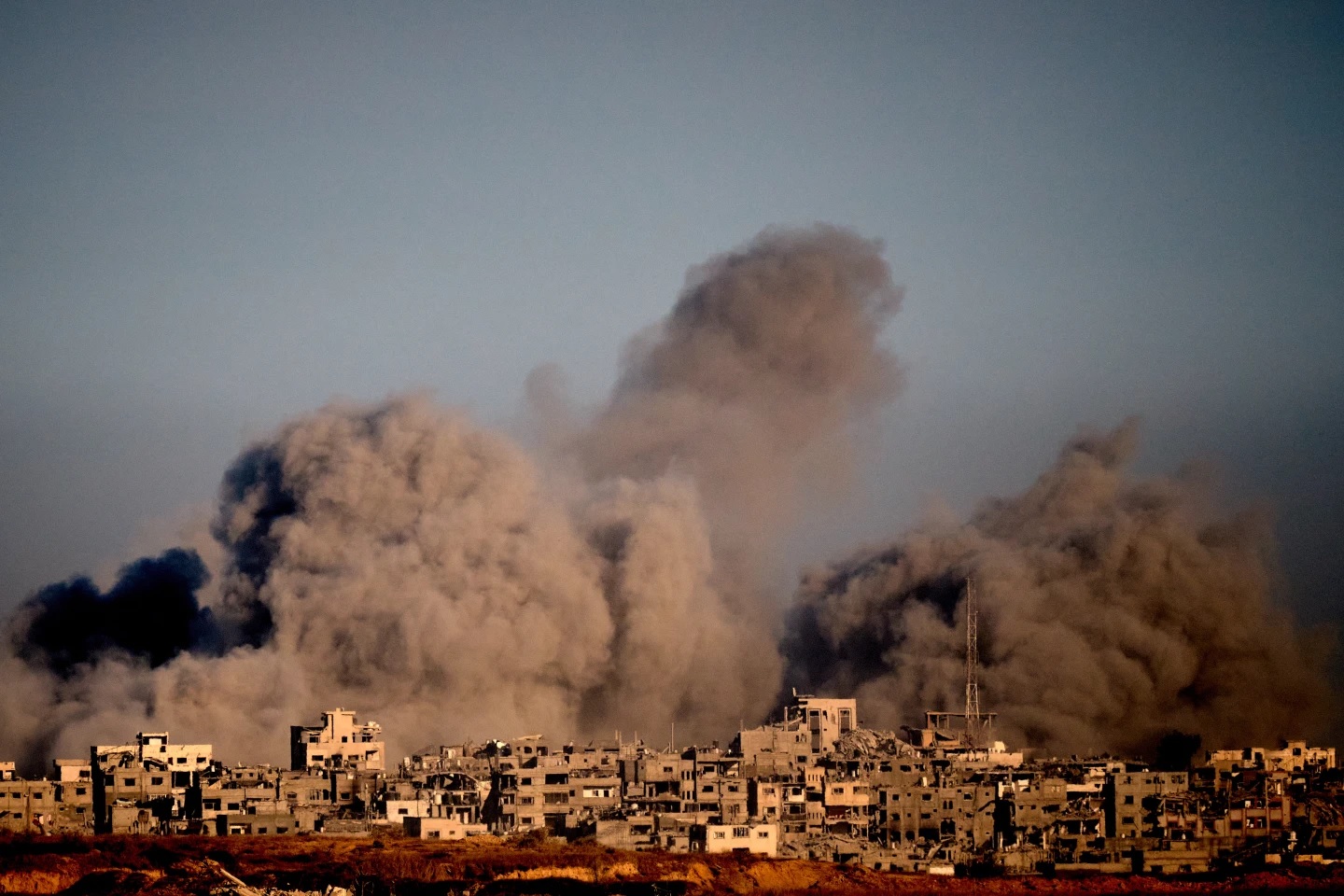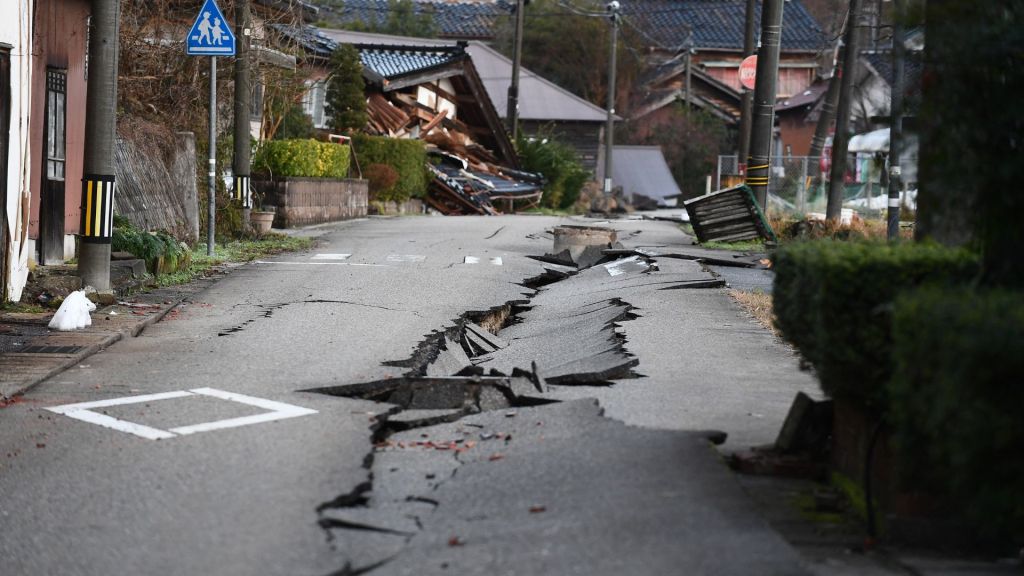GAZA TALKS ENTER DAY THREE IN EGYPT AS MEDIATORS TEST PATH TO FULL CEASE-FIRE

Where negotiations stand, and the toughest issues on the table
Talks aimed at ending the Gaza war moved into a third day at an Egyptian resort, with senior officials from the United States, Israel, Qatar, and Egypt expected to join the sessions. The expanded roster signals an effort to tackle the hardest parts of Washington’s framework: sequencing a durable cease-fire, freeing all remaining Israeli hostages, scaling the release of Palestinian prisoners, and creating a verifiable timeline for Israeli withdrawals tied to security benchmarks. Mediators describe the current phase as “clause work”—translating political intent into enforceable steps with dates, locations, and third-party verification. That includes whether international monitors would oversee crossings, how humanitarian aid would be deconflicted from military operations, and who adjudicates violations. The plan’s architecture relies on measurable milestones—hostage transfers and aid convoys early, then phased pullbacks and reconstruction corridors—paired with triggers to pause or snap back if either side alleges breach. Diplomatic sources caution that any text will face domestic headwinds: Israeli leaders must assure a public demanding security guarantees, while Hamas’s internal factions weigh concessions against the optics of resilience after months of devastation. The presence of more senior envoys suggests mediators believe technical gaps—rather than broad political rejection—are the immediate hurdle. Still, skeptics warn that a comprehensive package can collapse over one unresolved clause about sequencing or guarantors.
Humanitarian pressure, regional stakes, and what success would look like
Beyond the negotiating room, the humanitarian clock is relentless. Aid agencies report severe shortages of food, medicine, and fuel in key districts, with hospital capacity constricted by power instability and damaged facilities. A sustained cease-fire would need rapid scale-up: coordinated entry of fuel for generators and water pumps, protected corridors for medical evacuations, and clearance teams to map and remove unexploded ordnance before rebuilding can begin. Reconstruction financing is another pillar. Gulf donors are being courted for multi-year commitments conditioned on transparency and site access; the World Bank and UN agencies are preparing oversight mechanisms that track materials to projects to minimize diversion. Regionally, Cairo and Doha are central: Egypt controls chokepoints that can accelerate relief and policing arrangements, while Qatar’s leverage with Hamas is crucial for prisoner sequencing and internal discipline.
Washington’s role is twofold—security assurances to Israel and cajoling for wider Arab participation in post-war stabilization, including training for local policing structures that are not seen as partisan combatants. If the deal lands, the first week would be the test. Success would look like synchronized hostage releases, verifiable pauses in air and ground operations, fuel and medical convoys crossing on a published schedule, and initial engineering surveys of critical infrastructure. Markets will read early signals quickly: a genuine lull tends to ease insurance premia for shipping and raise the odds of reopening industrial capacity in and around port nodes. Diplomatically, the core risk is slippage—if deadlines extend without visible movement, spoilers gain narrative ground and public patience frays. Any path forward will therefore hinge on credible monitoring, transparent metrics, and swift corrective mechanisms when violations are alleged. For now, the talks’ expansion keeps a narrow window open. Whether it widens into a sustainable cease-fire depends less on headline pronouncements and more on the fine print written this week—and enforced in the weeks that follow.






















